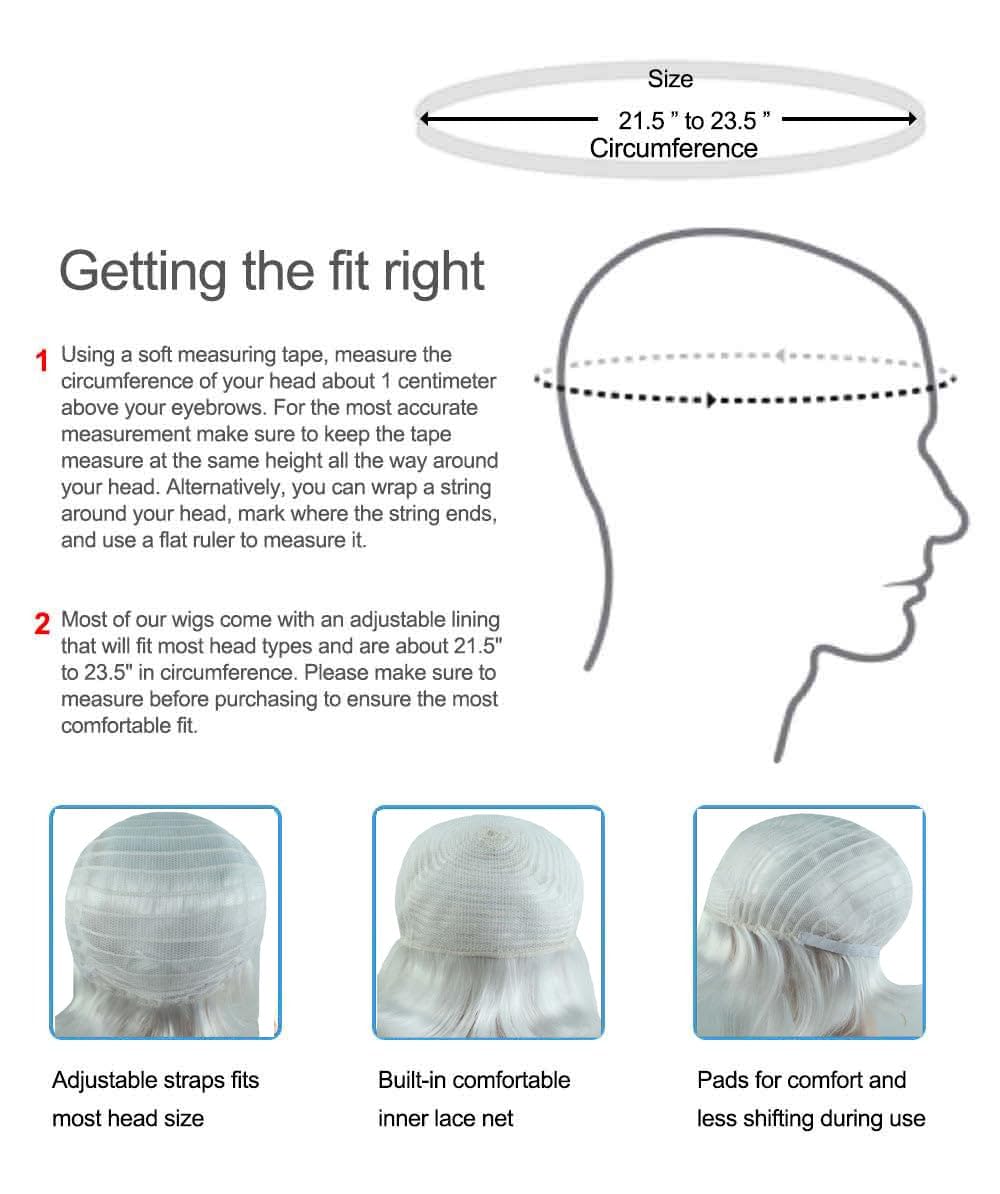When shopping online, one of the key factors that customers look at before making a purchase is the star rating and reviews of a product. This is especially true when shopping on a platform like Amazon, where there are thousands of products to choose from. But have you ever wondered how Amazon calculates the overall star rating for a product?
To calculate the overall star rating for a product on Amazon, the platform doesn’t just take a simple average of all the reviews. Instead, Amazon’s system takes into consideration a variety of factors to ensure that the rating is as accurate and trustworthy as possible.
One of the key factors that Amazon looks at is the recency of the review. This means that more recent reviews are given more weight in the overall star rating calculation. This makes sense, as a product’s quality and performance can change over time, so it’s important to take into account the most up-to-date feedback from customers.
Another factor that Amazon considers is whether the reviewer actually purchased the item on Amazon. This helps to verify the authenticity of the review and ensures that only genuine customers are able to leave feedback. This is crucial in maintaining the trustworthiness of the reviews on the platform.
Overall, Amazon’s system for calculating star ratings is designed to provide customers with the most accurate and reliable information possible. By taking into account factors like recency and verified purchases, Amazon ensures that customers can make informed decisions when shopping online.
So next time you’re browsing for a new product on Amazon, take a closer look at the star rating and reviews. Knowing how Amazon calculates these ratings can help you make a more informed decision and find the perfect product for your needs. When it comes to shopping on Amazon, one of the most important factors to consider is the overall star rating of a product. But did you know that there is more to it than just looking at the number of stars? In this blog post, we will explore how Amazon calculates the overall star rating and percentage breakdown by star, and why it is important to pay attention to these details before making a purchase.
Amazon uses a sophisticated algorithm to calculate the overall star rating of a product. This algorithm takes into account a variety of factors, including the number of stars given in each review, the recency of the reviews, and whether or not the reviewer actually purchased the item on Amazon. By considering all of these factors, Amazon is able to provide a more accurate representation of the quality of a product.
One of the key factors that Amazon considers when calculating the overall star rating is the recency of the reviews. This means that more recent reviews will have a greater impact on the overall rating than older reviews. This is important because it ensures that the rating is reflective of the current quality of the product, rather than its past performance.
Another important factor that Amazon takes into account is whether or not the reviewer actually purchased the item on Amazon. This helps to verify the trustworthiness of the reviews and ensures that the rating is based on genuine feedback from real customers. By analyzing reviews in this way, Amazon is able to provide a more reliable rating that shoppers can trust.
So why is it important to pay attention to the overall star rating and percentage breakdown by star on Amazon? Simply put, it can help you make more informed purchasing decisions. By looking at the breakdown of how many reviews fall into each star category, you can get a better sense of the overall sentiment towards the product. Additionally, by considering the recency of the reviews and whether or not the reviewers purchased the item, you can have more confidence in the accuracy of the rating.
In conclusion, when shopping on Amazon, it is important to look beyond just the overall star rating of a product. By understanding how Amazon calculates the rating and taking into account factors such as recency and reviewer verification, you can make more informed decisions about your purchases. So next time you’re browsing Amazon, be sure to pay attention to the details behind the star rating – it could make all the difference in finding the perfect product for you. When shopping on Amazon, one of the most important factors to consider is the overall star rating of a product. This rating is a reflection of how satisfied previous customers have been with their purchase, and can give you a good indication of the quality and performance of the item you are considering.
At Amazon, we take the star rating system seriously and use a sophisticated algorithm to calculate it. We do not rely on a simple average, but instead consider a variety of factors to determine the overall rating. One of the key elements we look at is the recency of the reviews. A recent review is more relevant and indicative of the current state of the product than an older one.
In addition to considering the recency of reviews, we also take into account whether or not the reviewer actually purchased the item on Amazon. This helps to ensure that the reviews are authentic and trustworthy, and that they are coming from real customers who have had firsthand experience with the product.
Our system also analyzes reviews to verify their trustworthiness. We look for patterns of behavior that may indicate fake or biased reviews, and take steps to remove any reviews that do not meet our standards.
By taking all of these factors into consideration, we are able to provide you with a reliable and accurate overall star rating for each product on Amazon. This rating can help you make an informed decision when shopping, and can give you confidence that you are purchasing a high-quality item that has been well-reviewed by previous customers. So next time you’re browsing on Amazon, be sure to check the star rating and read the reviews to make sure you’re getting the best product for your needs. When you’re shopping on Amazon, one of the most important factors to consider is the overall star rating of a product. But did you know that the star rating is not just a simple average of all the reviews?
Amazon uses a sophisticated system to calculate the overall star rating for each product. This system takes into account a variety of factors, including the recency of the review and whether or not the reviewer actually purchased the item on Amazon. By analyzing these factors, Amazon is able to provide a more accurate representation of the product’s quality.
One of the key factors that Amazon considers when calculating the star rating is the recency of the review. Reviews that are more recent are given more weight in the overall calculation, as they are likely to be more reflective of the current quality of the product. This helps to ensure that the star rating is always up to date and relevant to shoppers.
Another important factor that Amazon takes into account is whether or not the reviewer actually purchased the item on Amazon. Reviews from verified purchasers are given more weight in the calculation, as they are generally considered to be more trustworthy and reliable. This helps to prevent fake reviews and ensure that the star rating is a true reflection of the product’s quality.
In addition to these factors, Amazon also analyzes reviews to verify trustworthiness. This means that reviews that are flagged as potentially fraudulent or biased are not included in the overall star rating calculation. By filtering out these reviews, Amazon is able to provide a more accurate and reliable star rating for each product.
So the next time you’re shopping on Amazon, be sure to take a close look at the star rating for each product. And remember, it’s not just a simple average – it’s a carefully calculated representation of the product’s quality based on a variety of factors. Happy shopping! When shopping online, one of the most important factors to consider is the overall star rating of a product. This rating is often a quick and easy way to gauge the quality and satisfaction level of a particular item. However, it’s important to note that the star rating alone doesn’t always tell the full story. That’s where Amazon’s algorithm comes into play.
Amazon’s algorithm takes into account a variety of factors when calculating the overall star rating of a product. One key factor is the recency of reviews. Amazon gives more weight to reviews that are more recent, as they are a better indicator of the current quality of the product. This helps ensure that customers are getting the most up-to-date information possible.
Another factor that Amazon’s algorithm considers is whether or not the reviewer actually purchased the item on Amazon. This helps verify the legitimacy of reviews and ensures that only genuine customers are able to leave feedback. By analyzing reviews in this way, Amazon is able to provide customers with a more accurate representation of a product’s quality.
In addition to these factors, Amazon’s algorithm also looks at the overall distribution of star ratings. A product with a high number of 5-star ratings may still have a lower overall rating if there are a significant number of 1-star ratings as well. This helps provide a more balanced view of the product and gives customers a better idea of what to expect.
Overall, Amazon’s algorithm plays a crucial role in calculating the overall star rating of a product. By taking into account factors such as review recency, verified purchases, and star rating distribution, Amazon is able to provide customers with a more accurate representation of a product’s quality. So next time you’re shopping on Amazon, be sure to take a closer look at the star rating and trust that Amazon’s algorithm has done its due diligence in analyzing reviews to help you make an informed decision. When shopping on Amazon, it’s important to pay attention to the star rating and percentage breakdown of a product to ensure you’re making an informed decision. The overall star rating is a quick way to gauge the quality of a product, but it’s important to dig deeper and look at the percentage breakdown by star to get a more comprehensive understanding.
At Amazon, the star rating system is a valuable tool for customers to share their opinions and experiences with a product. However, it’s important to keep in mind that the star rating is not the only factor to consider when evaluating a product. To get a more accurate picture, it’s essential to look at the percentage breakdown by star.
The percentage breakdown by star gives you a more detailed look at how many customers gave each rating. For example, a product may have an overall star rating of 4.5, but upon further inspection, you may notice that a large portion of the reviews are 5-star ratings, indicating that the majority of customers had a positive experience with the product.
On the other hand, if you see a product with a lower overall star rating but a high percentage of 5-star reviews, it may be worth considering. This could indicate that while some customers had negative experiences, the majority were satisfied with their purchase.
In addition to looking at the percentage breakdown by star, it’s also important to consider the recency of the reviews. A product with a high overall star rating but outdated reviews may not accurately reflect the current quality of the product. By looking at recent reviews, you can get a better sense of how the product is currently performing.
At Amazon, they take into account these factors when calculating the overall star rating and percentage breakdown by star to provide customers with a more accurate representation of a product. By analyzing reviews and verifying trustworthiness, Amazon helps customers make more informed purchasing decisions.
In conclusion, when shopping on Amazon, be sure to look beyond just the overall star rating and consider the percentage breakdown by star and the recency of reviews. By taking a closer look at these factors, you can make a more informed decision and ensure you’re getting a product that meets your needs. When shopping on Amazon, it’s important to take into account the overall star rating and percentage breakdown by star for a product. This information can provide valuable insight into the quality and satisfaction levels of other customers who have purchased the item.
At Amazon, the star rating system is a key feature that helps shoppers make informed decisions about their purchases. The star rating is based on a scale of 1 to 5 stars, with 1 being the lowest rating and 5 being the highest. The overall star rating is calculated by averaging all of the individual star ratings given by customers who have reviewed the product.
In addition to the overall star rating, Amazon also provides a percentage breakdown by star. This breakdown shows the percentage of customers who gave the product each star rating. For example, a product with a 4-star rating may have 50% of customers giving it 5 stars, 30% giving it 4 stars, and 20% giving it 3 stars.
When considering a product on Amazon, it’s important to look at both the overall star rating and the percentage breakdown by star. This information can give you a more comprehensive understanding of the product’s quality and how satisfied customers are with their purchase.
In order to ensure the accuracy and trustworthiness of the reviews on Amazon, the platform uses a variety of methods to analyze and verify customer feedback. This includes looking at the recency of the review, as well as whether the reviewer actually purchased the item on Amazon.
By taking the time to review and analyze the star ratings and percentage breakdown on Amazon, you can make more informed decisions about your purchases and find products that meet your needs and expectations. So next time you’re shopping on Amazon, be sure to check out the star ratings and reviews to help guide your decision-making process. When it comes to shopping online, one of the key factors that influence a customer’s decision to purchase a product is the star rating and reviews left by previous buyers. This information gives potential buyers valuable insight into the quality and reliability of the product, helping them make an informed decision before making a purchase.
At Amazon, the star rating system is a widely used tool that helps customers easily gauge the overall satisfaction of a product. However, calculating the overall star rating is not as simple as taking an average of all the ratings given by customers. Instead, Amazon’s system considers various factors to ensure accuracy and reliability.
One important factor that Amazon takes into account when calculating the overall star rating is the recency of the review. Reviews that are more recent are given more weight in the calculation, as they are likely to reflect the current quality of the product. This helps ensure that the star rating remains relevant and up-to-date.
Another factor that Amazon considers is whether the reviewer actually purchased the item on Amazon. This helps prevent fake or biased reviews from influencing the overall star rating. By verifying that the reviewer is a verified buyer, Amazon can maintain the trustworthiness of the reviews and provide customers with reliable information.
In addition to these factors, Amazon’s system also analyzes the content of the reviews to further verify their trustworthiness. This helps filter out irrelevant or spam reviews, ensuring that the star rating accurately reflects the genuine feedback of customers.
Overall, Amazon’s approach to calculating the overall star rating is designed to provide customers with a reliable and accurate representation of the quality of a product. By considering factors such as recency, verification, and content analysis, Amazon helps customers make informed decisions and build trust in the products they purchase. So next time you’re shopping on Amazon, be sure to check the star rating and reviews to make sure you’re getting a quality product. When shopping on Amazon, it’s important to consider more than just the overall star rating of a product. The star rating is a helpful tool, but it’s also important to take a closer look at the percentage breakdown by star to get a more accurate understanding of the product’s quality.
Our system at Amazon takes into account a variety of factors when calculating the overall star rating. One key factor is the recency of the reviews. A product with all five-star reviews from several years ago may not be as reliable as a product with a mix of recent reviews. This is because products can change over time, and what was once a great product may no longer be up to par.
Another important factor our system considers is whether the reviewer actually purchased the item on Amazon. This helps ensure that the reviews are coming from genuine customers who have firsthand experience with the product. This verification process helps maintain the integrity of the reviews and gives shoppers more confidence in their purchasing decisions.
In addition to these factors, our system also analyzes the content of the reviews to verify their trustworthiness. Reviews that are detailed, informative, and provide specific examples are more likely to be considered reliable by our system. Conversely, reviews that are vague, unhelpful, or seem biased may not carry as much weight in the overall star rating calculation.
So next time you’re shopping on Amazon, be sure to take a closer look at the percentage breakdown by star in addition to the overall star rating. This will give you a more comprehensive understanding of the product’s quality and help you make a more informed purchasing decision. Trust our system to provide you with the most accurate and reliable reviews to guide your shopping experience on Amazon.






















